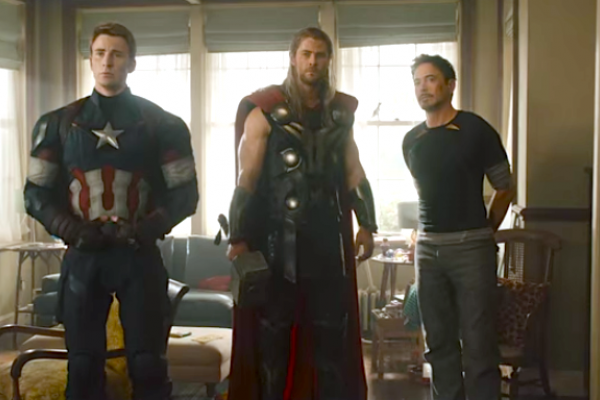From the first Avengers film, Whedon has shown that his primary interest, apart from the utter coolness of watching Hulk destroy a city block, is the dynamics of the Avengers team. This is a group of people with different backgrounds, ideologies, and agendas who might never have come together on their own. That they are forced to work together under impossible circumstances forces those tensions to their breaking point, but also creates a sense of camaraderie that’s thrilling to watch in action.
Working within the conventions of postmodern superheroism, Whedon also addresses the side effects of frequent exposure to violence. It might seem ironic that Captain America (Chris Evans), introduced as the ideal patriot, is one of the group’s more peace-loving members. But as the sole military veteran on the team, his outlook makes sense for someone who’s sacrificed a lot in battle. When he tells Stark, “Every time someone tries to end a war before it starts, innocent people die,” you know he speaks from experience.
Read the Full Article

